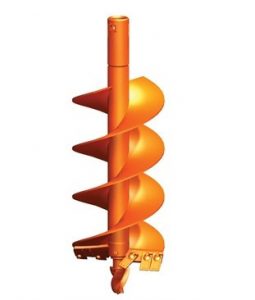
Comparison Between Hot Forging And Cold Forging
When it comes to constructing high strength machine parts, metal forging tops as one of the best options. There are two main types of metal forging, and they include hot forging and cold forging. Each of them is a direct opposite of each other as the names suggest. However, the final output is the same in both cases. But which of the two should you choose for your machine tools? Well, that is what we are going to look out for in this article.
What is Hot Forging and Cold Forging?
Hot forging is one of the widely used metal forging techniques in the manufacturing machine wear parts. As the name suggests, hot forging technique uses heat to deform the work piece to attain the required features. The process involves the heating of work piece to crystallization point where it is almost melting. That’s when you can turn it to the shape or size that you want.
Unlike the hot forging, cold fording the direct opposite. It a metal forging is a process that used room temperature to deform the work piece and form the expected shape and size. However, the final product is the same in both cases but with very slight differences.
How The Metal Forgings Works
For the Hot forging, the technique works by raising the temperature of the work piece above the crystallization point. At this point, the metal is in its molten form hence making it easy to deform to any shape and the size that you want. That is how tools are formed from the rudimentary pieces of metal.
For the cold gorging, the process is quite simple. As mentioned, you only need room temperature to construct wear parts using this technique. However, not all metals can form machine tools using this technique. The most commonly used are the carbon and standard alloy steels. During the cold forging process, the work piece is placed into the carbide die, and it is stuck multiple times rapidly until it assumes the required shape.
Advantages of Hot Forging
- Increased wear part ductility
- More flexible
- Excellent surface quality
- Cheap production cost
Advantages of Cold Forging
There are many reasons why manufacturers are still using cold forging for manufacturing machine wear parts. Here are the main advantages:
- Less energy consumption
- Less or no finishing
- Improved dimensional control
- Easier to impart directional properties
- Material saving
- Excellent surface quality
These are some of the main distinguishing factors between hot and cold forging. Both have their strengths. However, if you are looking for durability, strength, and ductility features, hot forging could be your best option.
Leave a Reply